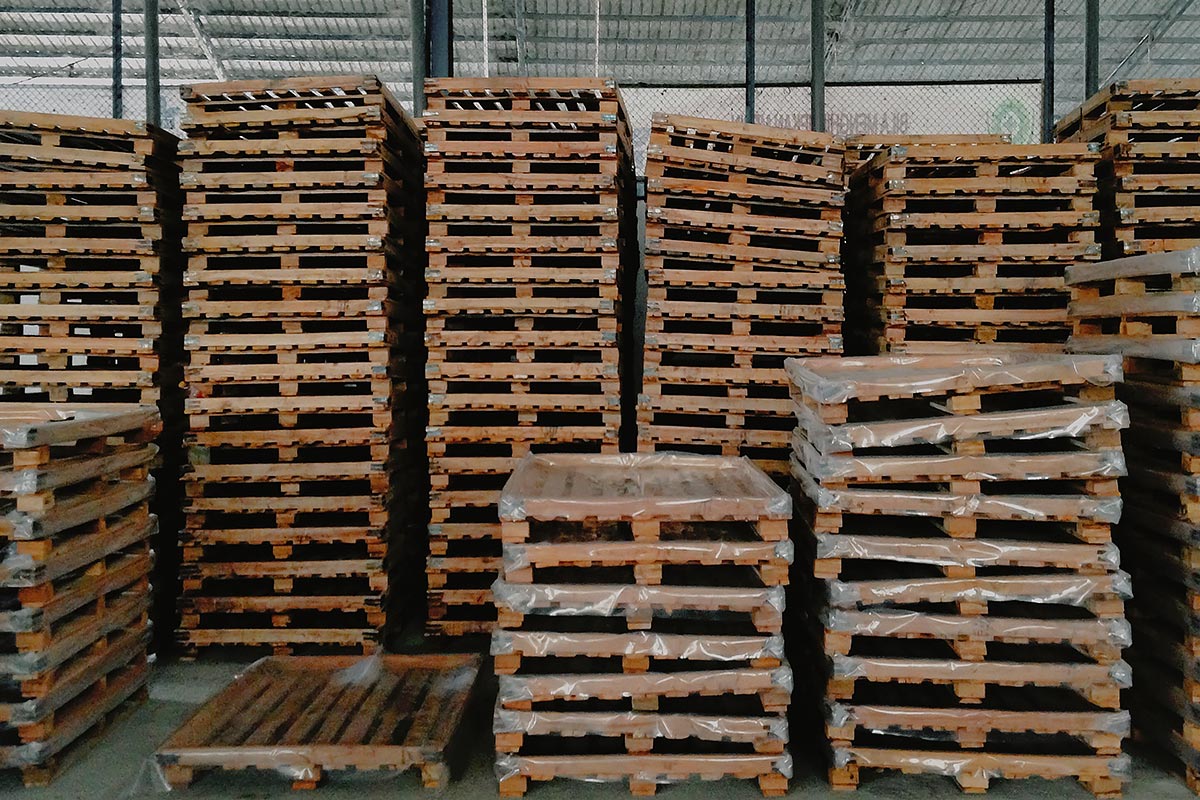Pallets Role In The Global Supply Chain
Most of the time, pallets usually go unnoticed. Just doing their job and helping us transport our goods and merchandise. We walk by them almost everyday; in fact, most items we use today have been on a pallet at least at some point. In fact, the construction of pallets accounts for almost half of lumber production. An astounding 80% of all U.S. commerce happens on pallets. All around the world, nearly everything that ships, is shipped on a pallet.
Pallets don’t look like much, do they? But without those wooden or sometimes plastic, platforms which sit innocuously in thousands of warehouses, supply chains simply wouldn’t function. The role of pallets in the supply chain is more important than most people take time to think about.
The Importance of Pallets
For any supply chain company, the choice of pallets is a critical factor in shipping performance. Making the right or wrong choice can have a lasting effect on many factors, including:
- Loading and unloading times
- Transportation and warehouse safety
- Overall warehouse costs
- Product quality (product damage)
For a lot industries however, the selection of pallets in the supply chain is hindered by the nature of products that are being chipped. In addition, companies making extensive use of warehouse automation systems must also be careful about their pallet type, size, and construction, taking this into consideration the management team must avoid the risk of pallets comprising their distribution systems.
What Are Pallets?
Pallets are structures that are typically constructed from wood that you stack items on for shipping. From pool chemicals to textbooks and everything in between, pallets are used in the transport of worldwide shipments. After the items are secured with bands or a type shrink wrap a fork lift or pallet jack is used to lift the pallet and its contents. They are then rolled or driven onto or off of a transport vehicle. In addition to wood, many pallets are made from metal, plastic or recyclable materials.
Why Are Pallets So Popular?
Some say form follows function, and the form of pallets is directly related to forklifts or pallet jacks. When the gas powered forklift was developed in the 1930’s the wood pallet was shaped to fit onto the standard fork system. Shortly after the forklift and pallets inception, they were put to the test with the break out of World War 2. They proved themselves an effective and efficient method of quickly transporting goods onto and off of trucks, planes and helicopters.
What Role Do Pallets Play For Companies?
For product and packaging companies, the cost of shipping is always an issue. It directly affects the bottom line price of what they are shipping. A lower cost of shipping means they can be more competitive in their industry. The pallet relates to this aspect of business in that manufacturers are adjusting their product dimensions to fit more of their products onto each and every pallet. This cuts down on shipping costs and means they can either earn more per unit or sell items cheaper and get more of the market share.
How Do Companies Manage Their Pallets?
Many companies prefer to buy new pallets instead of used pallets for each shipment. Their products traveling safely on a new pallet is worth the small price. They most likely buy their pallets from a local pallet company. Users just need to be aware when ordering, that they get pallets that haven’t been used for any type of chemical transport. Companies don’t want to risk shipping consumable products on pallets that might have come in contact with chemicals or other agents. In these cases, most companies choose to buy and ship new rather than risk some type of contamination. Pallets end up seeing a lot of action and are frequently abused. Forklifts can easy gouge or snap a pallet into splinters. Broken pallets are either recycled or in most cases they can be rebuilt. This is also a job for your local pallet company, such as AAA Pallet & Lumber Co.





